Planetary Science
-
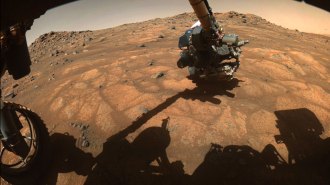 Planetary Science
Planetary ScienceNASA’s Perseverance Mars rover has begun its first science campaign
Now about 1 kilometer south of its landing spot, the rover has spotted several promising spots in its search for hints of ancient life.
-
 Planetary Science
Planetary ScienceA century of astronomy revealed Earth’s place in the universe
The past century of astronomy has been a series of revolutions, each one kicking Earth a bit farther to the margins.
-
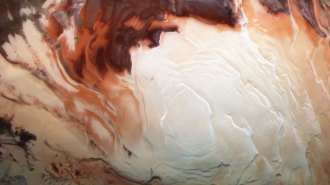 Planetary Science
Planetary ScienceLakes of liquid water at Mars’ southern ice cap may just be mirages
In 2018, scientists found evidence for water lakes sitting beneath the southern Martian ice cap. New evidence suggests the lakes might not exist.
By Adam Mann -
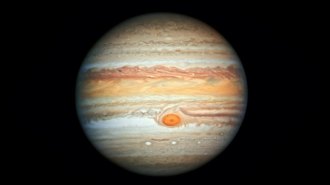 Astronomy
AstronomyA shadowy birthplace may explain Jupiter’s strange chemistry
Dust that blocked sunlight caused the giant planet to form in a deep freeze, a new study suggests.
By Ken Croswell -
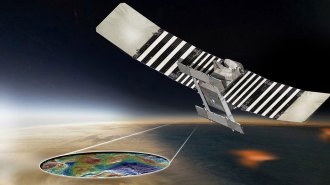 Planetary Science
Planetary ScienceNASA will be heading back to Venus for the first time in decades
Two newly selected missions, VERITAS and DAVINCI+, will explore the history of the planet's water and habitability.
-
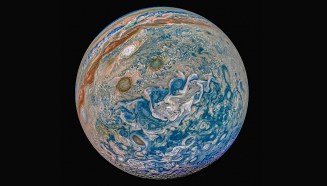 Planetary Science
Planetary ScienceLaser experiments suggest helium rain falls on Jupiter
Compressing a hydrogen and helium mixture with lasers shows that the two elements separate at pressures found within gas giant planets.
-
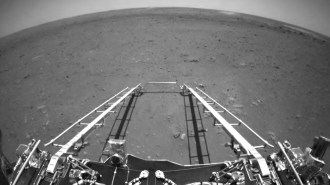 Space
SpaceChina’s first Mars rover has landed and is sending its first pictures
The country just became the second nation, after the United States, to successfully land a rover on Mars. Its rover will search for subsurface ice.
-
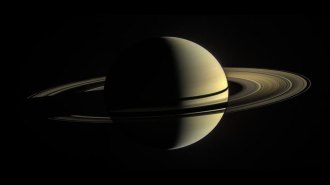 Astronomy
AstronomySaturn has a fuzzy core, spread over more than half the planet’s diameter
Analysis of a wave in one of Saturn’s rings has revealed that the planet’s core is diffuse and bloated with lots of hydrogen and helium.
By Ken Croswell -
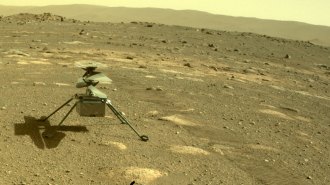 Planetary Science
Planetary ScienceNASA’s Ingenuity helicopter’s mission with Perseverance has been extended
NASA’s Ingenuity helicopter has passed all its tests and is ready to support the Perseverance rover in looking for ancient Martian life.
-
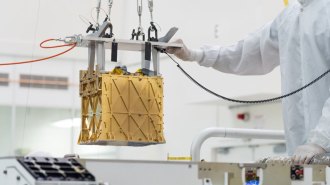 Planetary Science
Planetary ScienceNASA’s Perseverance rover split CO2 to make breathable air on Mars
An oxygen-making experiment on Perseverance shows that astronauts will one day be able to make air to breathe and, better yet, rocket fuel.
-
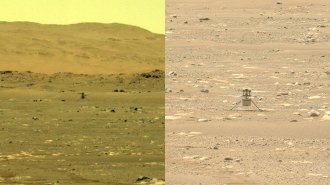 Planetary Science
Planetary ScienceNASA’s Ingenuity helicopter made history by flying on Mars
An autonomous helicopter just lifted itself into the air on Mars, marking the first time a vehicle has flown on a planet other than Earth.
-
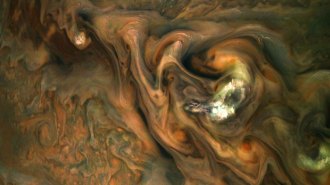 Planetary Science
Planetary ScienceHow the laws of physics constrain the size of alien raindrops
Physics limits the size of raindrops, no matter what they’re made of or what planet they fall on.